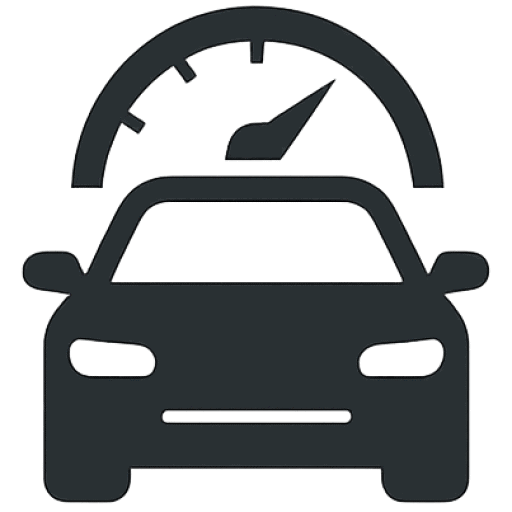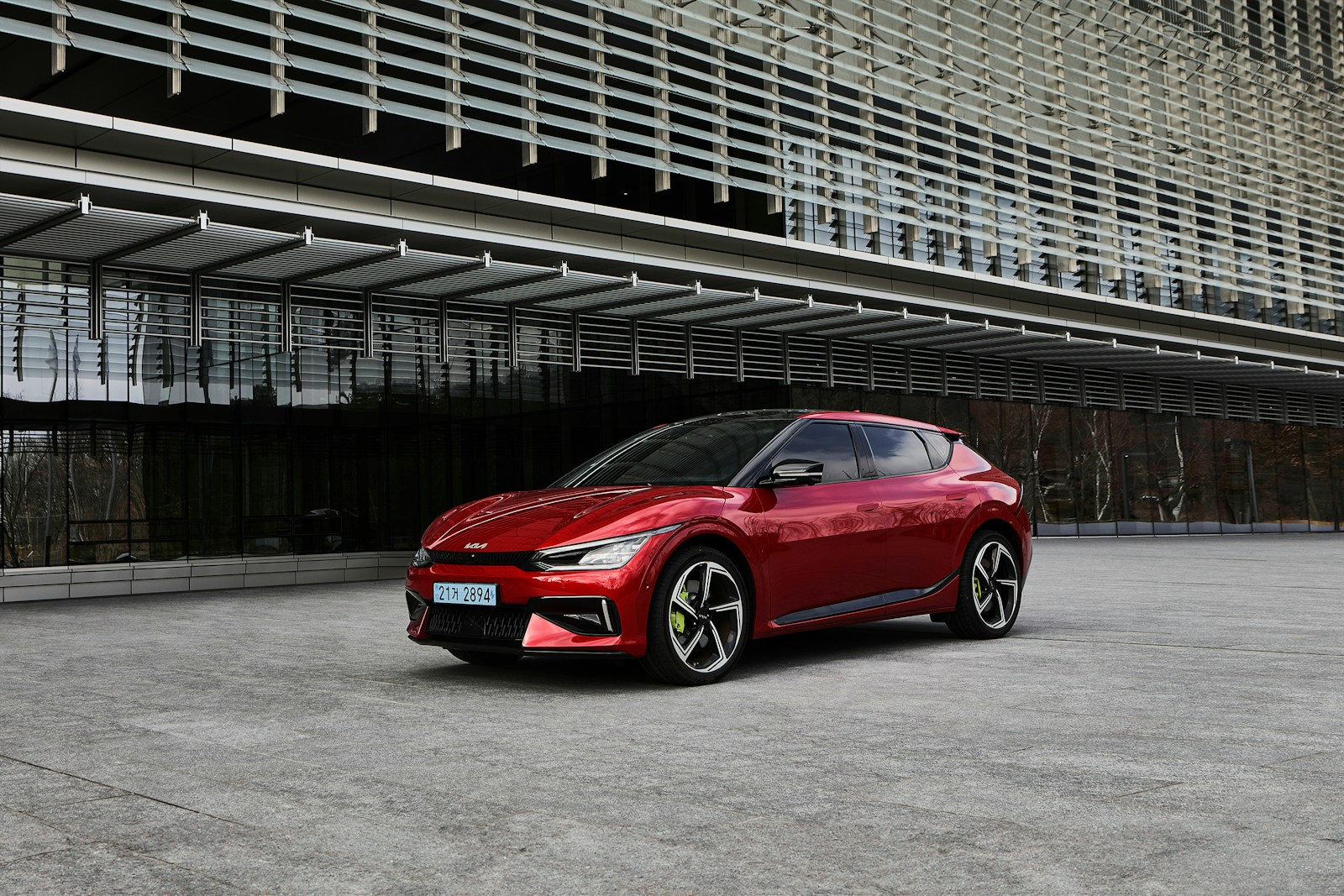One of the things I love most about driving my Kia EV6 is the regenerative braking system. It not only extends your range but also gives you that futuristic “one-pedal driving” feel that makes electric cars so fun. But to get the most out of regen on the EV6, it helps to know a few key techniques—because it’s not just about slamming the left paddle and hoping for the best.

Here’s how I maximize regenerative charging on my Kia EV6 while keeping battery health in mind and using apps that actually help me track the results.
Understanding How Regen Works in the EV6
Regenerative braking takes kinetic energy (momentum) and converts it back into stored battery energy. In the EV6, this happens automatically when you let off the accelerator—but how aggressively it kicks in depends on your regen level setting.
There are five levels of regen on the Kia EV6: Level 0 (no regen) to Level 4 (i-Pedal). You can change the level using the paddle shifters on the steering wheel.

I usually keep mine around Level 2 or 3 for city driving, and bump it up to i-Pedal when I know I’ll be hitting stop-and-go traffic or hilly terrain. On the highway, I’ll sometimes dial it back to Level 1 or 0 to preserve momentum and reduce battery strain.
Best Techniques for Real Gains

After a year of driving electric, these are the practices that have consistently given me better range and smoother drives:
1. Use i-Pedal Strategically
i-Pedal is great, but I don’t leave it on 24/7. It’s ideal when:
- You’re driving in city traffic
- Going downhill for extended stretches
- Approaching red lights or exits
But on flat roads or the freeway? I switch to Level 1 or 2 for smoother coasting and better energy conservation.
2. Look Far Ahead
This isn’t just a defensive driving tip—it’s a regen tip too. The more you anticipate stops and ease off the accelerator early, the more regen you capture without having to brake suddenly. That means less waste and more recovered energy.
3. Avoid Slamming the Brakes
If you brake too hard, the car switches to friction braking and skips regen altogether. Gentle deceleration through regen first is key if you want to harvest every bit of kinetic energy.
Keeping Battery Health in Check

A lot of EV owners don’t realize that regen braking can heat up the battery, especially during long downhill sections or when the pack is already close to full.
Here’s what I do:
- Avoid max regen when the battery is over 90% charged, especially in hot weather
- Let regen taper off naturally in winter when the battery is cold, to avoid stressing the pack
- Use scheduled charging to keep the state of charge below 100% right before a trip—this leaves room for regen to work efficiently
Apps That Help
Two apps have helped me dial in my regen game:
🔌 EV6’s Built-In Energy Screen
It gives you a breakdown of how much energy is being recovered via braking vs how much is consumed. It’s basic but useful for spotting patterns.
📱 ABRP (A Better Route Planner)
It lets you simulate trips with regen included in the range estimates. I’ve used this to test different driving styles over the same routes—and it’s surprisingly accurate.
You Might Also Be Interested In:
- How to Prep Your EV for Winter in Michigan
- Maximizing Range: Cold Weather Tips for Tesla Model Y
- Used EVs Under $20k That Still Qualify for Tax Credits

Regen is one of those features that makes EV driving addictive—but it’s also something you can learn to master. With a bit of timing, some paddle control, and a sharp eye on your battery, you can turn your daily drives into power-saving sessions that extend your range and make every stop count.
Let’s Talk Cars
Have a question? A suggestion? Just want to say hi?
You’re in the right place.
Use the form below to reach out to the AutoSpecs Daily team. We're happy to hear from readers, car lovers, first-time buyers, and anyone who's got something to share.
What can you contact us about?
- Feedback on one of our articles
- Ideas for new topics you'd like us to cover
- Questions about cars, gear, or general auto advice
- Media, partnership, or brand inquiries
- Anything else that's on your mind
We check every message that comes through and do our best to respond within 2 to 3 business days.
We don’t list an email address here to avoid spam, but the contact form is the best and fastest way to reach us.
Thanks for stopping by. We're glad you're here.

